chondrite classification
From the chondrite information page, the petrographic classification scheme works kind of like this: completely altered by water into clay (no known …
From the chondrite information page, the petrographic classification scheme works kind of like this: completely altered by water into clay (no known …
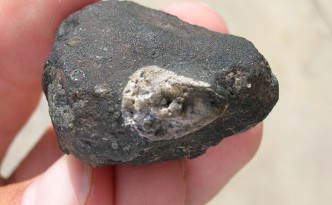
Allende is one of the largest recovered falls of the 20th century, and also one of the most scientifically important and researched. …
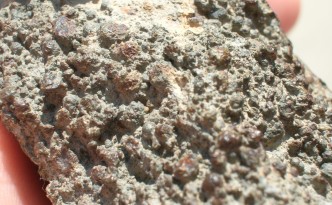
This meteorite has several pairings with classifications including: CV3, CK3, and C3-ungrouped. DaG 978 is officially published as a C3-ungrouped carbonaceous chondrite. …

Chondrites are the most primitive group of meteorites. They have formation ages dating to at least 4.56 billion years before the present, …
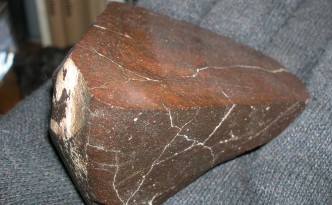
The average chondrule diameter of this stone is 100 – 200 µm: it isn’t an L-chondrite. From the Meteoritical Bulletin: Given the …
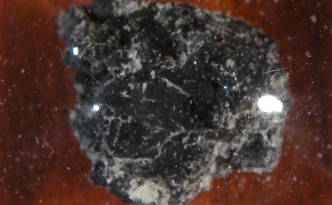
Type-1 chondrites are fairly rare, partly because they are so fragile. Atmospheric entry often results in very high mass loss for these …
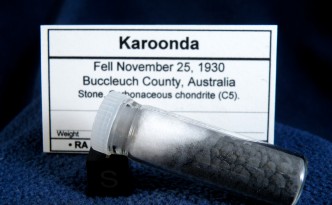
Karoonda is the type specimen of the CK-meteorite class, meaning that it is the first CK chondrite to be known or recognized. …
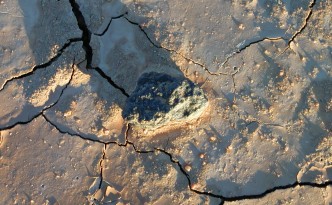
From the Meteoritical Bulletin: This 5.6 gram fragment from the find is the largest one we’ve found. Many thanks to Robert Matson …
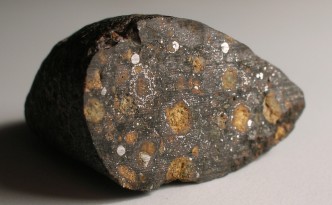
While perusing eBay one day, an armored chondrule poking through the fusion crust of an unclassified stone caught my eye. The 5.1 …
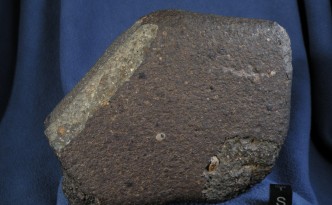
This brick of a meteorite is a specimen that we bring to every outreach event. Chondrules, big CAIs, it’s perfect. And it’s …
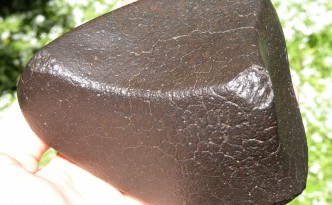
This ~850 gram carbonaceous chondrite is something of an enigma. The original classification was “CO3,” with a description that described it as …
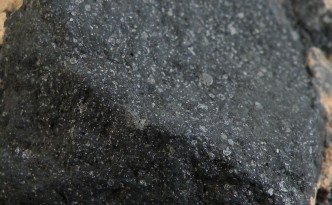
This carbonaceous chondrite came from a Moroccan meteorite dealer several years ago. We finally got around to requesting a provisional number in …
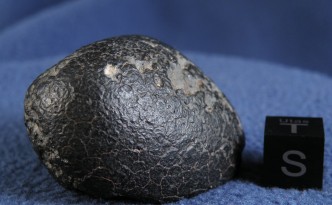
This 45 gram oriented CK chondrite was purchased in 2011 from a Moroccan meteorite dealer.
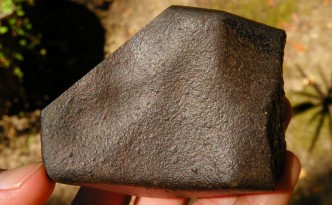
This complete stone has a wonderful shape and is quite fresh. More data when it comes…
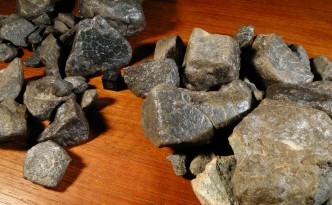
This stone is one of the most pristine chondrites known. All carbonaceous and ordinary chondrites have experienced some thermal and aqueous alteration. …
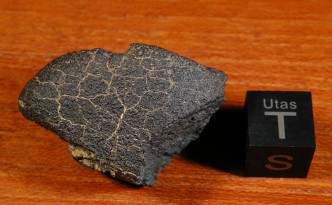
We had just missed out on another specimen from this find; I messaged the seller as soon as I saw his photo …
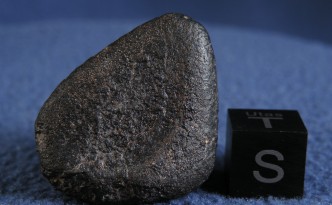
This cute 12 gram stone is an unclassified carbonaceous chondrite that resembles CM’s most closely. However, it is very solid and moderately …
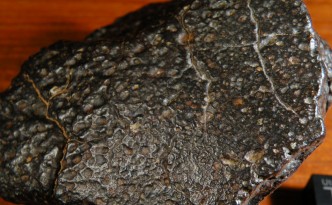
This beautiful stone with weathered fluting and flow lines was purchased in Erfoud from Mohamed Benzaki. 473.53 + 242.43 gram fitting fragments.
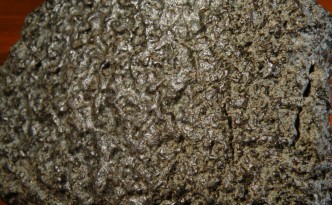
This fresh carbonaceous chondrite was purchased at Tucson, 2014. 493.9 grams
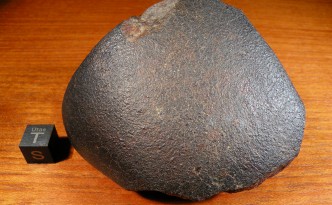
This fresh carbonaceous chondrite was purchased at Tucson, 2014. 349.0 grams.
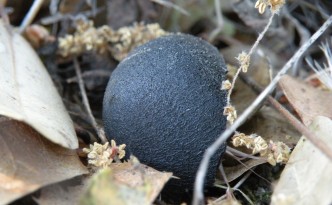
Sutter’s Mill was another one of those falls that happens at just the wrong time. We had radar data almost immediately, knew …